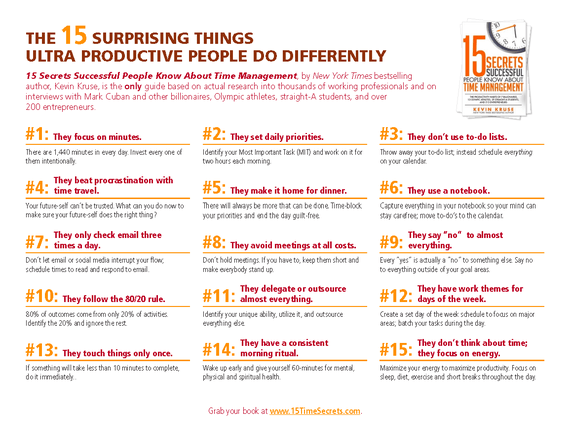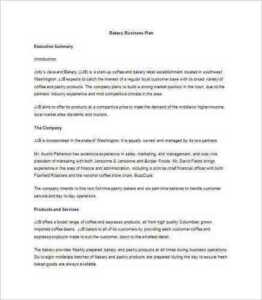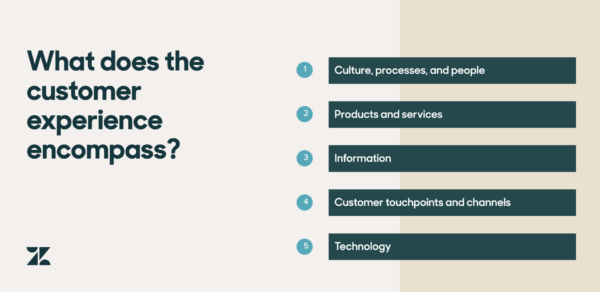Preventing our website from falling into the abyss, as the title announces, goes through the marriage of the new fashionable couple in companies: Marketing Department + IT Department. That? How? Keep reading!
¿A business without a website today? Inconceivable! With the use of technology, many things are changing, including communication. The propagation of information is now, thanks to social networks, online media and web pages, automatic and global.
A web page is the most immediate public face that a company has and in many cases also a product portfolio, a sales channel, a business card and ultimately a window to the world. This facilitates and complicates our lives in equal parts. It is true that we can be “there” and reach the consumer in a faster and more tangible way. But it also makes us more vulnerable because the failure of our website can make us not only lose money and consumers in the blink of an eye but also reputation and public image.
It is easy (and usual) to see large web pages plummet in a noisy way. It hurts to watch and it certainly has to hurt even more to experience it. This is also not only limited to big brands or reputable companiesThese are just the tip of the iceberg because they get more coverage in the media. Loss of profits and destruction of corporate image Due to poor management of the website, they are independent of the sector, the industry or the size of the company. Disasters can happen to anyone, but the last thing we want as a business is bad publicity and pissed off consumers.
There are sudden disasters such as those related to issues of illegality, data privacy failures or loss of domain or hosting. But these types of cyber catastrophes are a minority compared to those of slow decline, caused by a structural and daily mismanagement of our Web page. These types of disasters or potential disasters (hopefully after reading this you will make sure you do things right), are just as expensive and dangerous for the company as sudden hits, because they go unnoticed until it is too late to be able to do anything.
What can push us into the abyss?
Perfect we know our website may fall slowly and painfully and drag us down with it. However, why can something like this happen? What can go wrong despite having a website according to the highest standards and with a perfect web design? The answer is imprecise: too many things can go wrong …: Page with little or no content interesting for the consumer, difficult accessibility, complicated and unclear navigation, long loading or response time, server that fails, corrupted code, errors of security, unattractive or old-fashioned design, lack of integration of the website with our business, low performance, …
Why is this happening? and how to fix it?
These problems can be due to an incorrect design of the web since its inception, poor development by the programmer, a lack of testing or simply due to a certain degree of carelessness. It may also be the case that we do not realize there is a problem. Or even if we do, knowing what the issue is about is one thing and having the time, authority, and tools to identify and fix it is quite another.
Many marketers are too busy with the daily activities and objectives that their position requires to be able to focus on the more purely technical aspects and, if they have to dedicate time to the online presence, they usually do so on more striking or visible aspects . In addition, with respect to authority, although communication to the consumer through the website is directly dependent on the Marketing team, its main determinant: the performance of the page, depends as a general rule on the IT department or the agency or freelance there is designed the web.
Therefore, the first and in my opinion the most important step to avoid disasters at the website level is to ensure that both departments are aligned and have a unified vision, after all and continuing with the wedding metaphor, people in a relationship they have to be compatible and conform to each other no matter how different they are or think.
Therefore, both one department and the other should focus on the same topic: the IT department has to be aware of the business considerations made by Marketing and Marketing has to be able to see in real time the impact of the correct operation and performance of the web, consumer perception and other typically marketing or commercial concepts.
Why has nothing been done about it so far?
There are several reasons why, despite knowing the importance of unifying the monitoring of functionality and effectiveness of our website from these two departments, nothing has been done yet. A if by voice suddenly two occur.
First, it is a relatively new area in which resources and time must still be invested, and of course, in the current economic situation, budgets have been kept to a minimum. Another reason is that professionals working in the IT department do not suffer the pain in their own flesh, since consumers do not complain to IT, they complain to the Marketing department. For their part, Marketing people do not understand (as a general rule and apologizing in advance for the generalization) of programming or technical concepts and therefore everything sounds very abstract …
And so, I could list a myriad of other reasons, but I don’t think it will be necessary as the conclusion is clear. The consumer seeks to find valuable content, quick solutions and answers and the goal of every web page is to provide them with precisely what they are looking for. For this to happen, it is necessary to constantly monitor our website and immediately optimize any element that does not benefit the consumer (either at a technical level or at a conceptual level) and this has to be done by the happy couple together.
So as we announced at the beginning, we must dress up and rejoice when the bride and groom cut the cake. Sure, with good planning and some luck, they will live happily and eat partridges.
Imágenes: jscreationzs & Salvatore Vuono (..net)
More ideas and resources for your business:

























